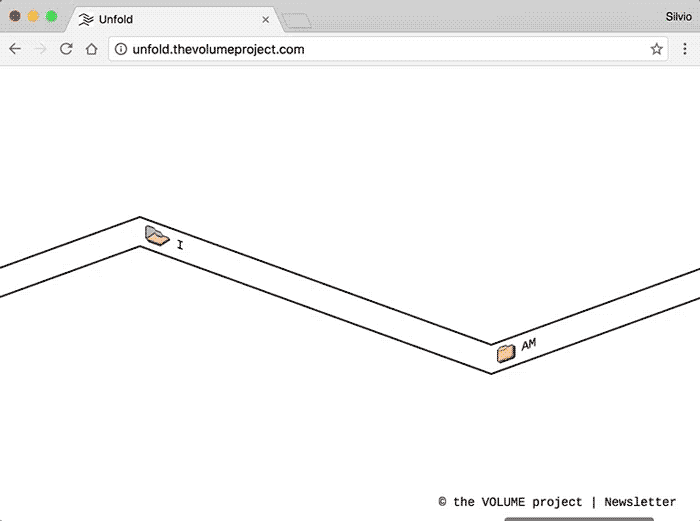
Unfold is an online publishing and archiving platform based upon the structure of the digital folder conceptualized and curated by Sara Giannini and designed by Raoul Audouin. Conceived by different guest curators, every issue of Unfold explores a selected topic through constellations of research materials and new commissions to artists and writers. One after the other, the various installments will be archived to form a comprehensive and trans-disciplinary library.
I had the pleasure to produce a commissioned work for Unfold #4, guest-curated by Alessandro Ludovico. For this project, I decided to emphasize the inherently hierarchical, structural dimension of text by creating a piece in which structure and content coincide. So, I converted Walter Benjamin’s “Unpacking My Library” into directory names, word by word. I made a flat version and a nested one.
Below you can find Alessandro Ludovico’s curatorial statement about the project.
“For me, every project starts with a folder. This is no exception,” says Silvio Lorusso, artist, and scholar interested in the small galaxy of digital publishing facets. In his Unpacking my library he retrieved the homonymous less known text by Walter Benjamin, first published 1931 in Literarische Welt. Here Benjamin addresses his library as a collection of books which is composed almost entirely of personal references attached to every single volume. He says “They embody the places I have been, people I have known, classes I have taken, research projects I have undertaken (or have wanted to undertake or may yet undertake).” This stratification of a complex intimate relationship developed over time seems to be an emotional x-ray view of a personal library, and it’s internal organisation, so the relationship between different books, creates different meanings.
Benjamin states also that “unpacking my library allows me – indeed, forces me – to re-live my past, evaluate my present, and consider my future.”
How is for us to unfold nested computer folders? It instantly sounds similar in many respects, even if the type and form of content can then be very different.
Lorusso then short-circuits the abstract form of digital folders into a meaningful analogy, processually consistent. He converts the whole Benjamin text in folder names, word by word. The whole resulting structure (3460 words, then folders) is less than 600 Kb big, but expressed in the lexicon of a digital interface is simply huge. He develops two versions: one which enlists the words in their original sequence, numbering them, (we’d define it the “numerical unfolding”) and another one which unfolds the recursive folders, requiring the reader to voluntarily click on each of them to read the next word, sometimes even including the risk of crashing the OS on older computers (we’d define it the “recursive unfolding”).
The creation of meaning through the organisation of books, analysed in Benjamin original text, can be directly related to the organisation of folders in this artwork. The structure, hierarchical or recursive, is creating meanings once it’s unfolded till the end, and Lorusso defines it referring to our constant acquisition of online information or a practice which is “browsing as reading.”
Once finally the text is completely readable, it can’t be any more detached from its new structure, which is a dynamically recombinable ordered skeleton, becoming an experimental articulation of (again in Lorusso’s words): “text as management, hierarchy, pure structure.”
Alessandro Ludovico